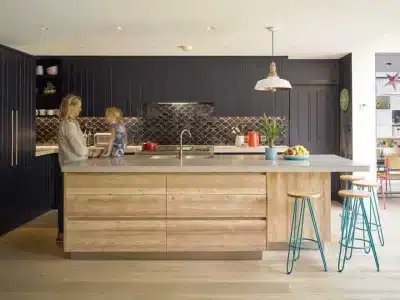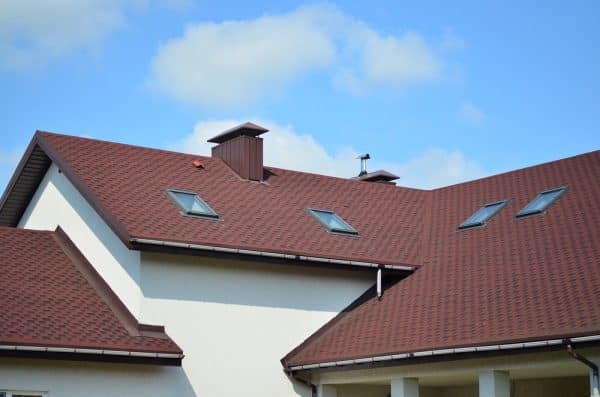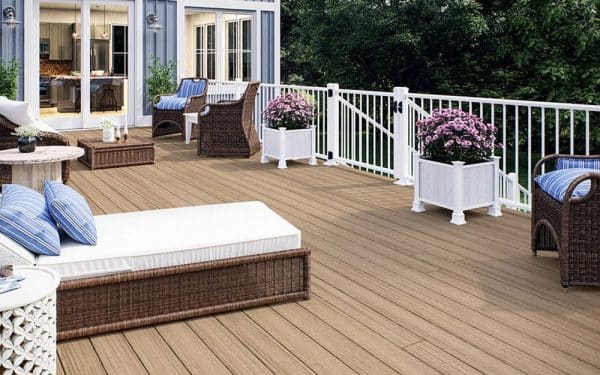
One of the biggest problems in the housing market is the ability of construction workers to keep up with the demand. In a recent survey, they found that new construction homes fell short by 370,000 homes. This is due to the rising prices of building and renting houses, making it hard for owners to find them forever home.
In addition, construction workers are taking longer to build homes promptly. In a housing market like this, how can you ensure the home you want to make will happen on time or quicker than expected? Below we’re going to share the fastest methods you can use in constructing your home to help you move in as soon as possible.

1. Pole Barn Construction
A pole barn home is built on-site without it being on a foundation. Therefore, the building process can be sped up since builders do not have to lay out the foundation first.
Also, pole barn homes require fewer materials, labor, and digging, which helps speed up the building process. Lastly, metal roofing panels are used for these homes, which are quicker than asphalt shingles. As a result, you can expect a pole barn home to be built faster than a traditional home due to the building process and the materials used.
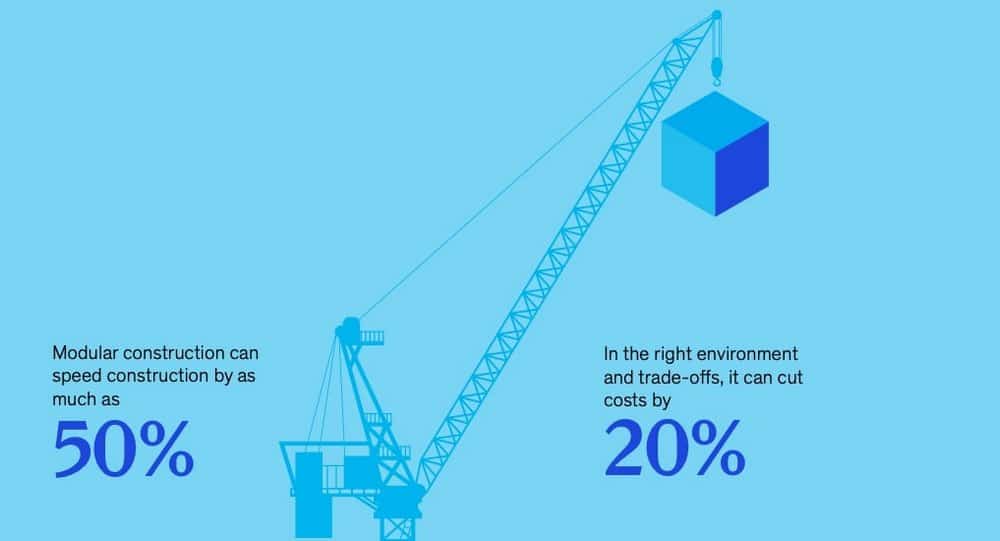
2. Modular Construction
With modular construction, most of it happens within a factory, and the rest is built on-site. Since builders can work inside a building, they have robots and tools to help them make the home faster. In addition, this keeps builders from having to stop working due to weather delays, allowing them to spend more time building the house.
Once most of the building is done, there’s a shipment of several boxes connected once it makes it to the owner’s land. Furthermore, construction workers can lay the foundation while builders are building your home, helping to speed up the process even further.
Usually, modular projects can be done 30-50% faster than traditional methods. However, there are some limitations to the design flexibility of modular homes.

3. 3D Printing
In the construction industry, 3D printing is the sequential layering of materials on a computer to create three-dimensional shapes. It can create complex components within seconds and print the building’s layout for the design process.
This allows faster and more accurate development of homes, lowers the cost of labor, and reduces environmental waste. For example, a home in Riverhead, NY, was created ten times faster by using 3D Printing than using traditional methods.
In addition, 3D printing cut the home’s costs by 50%. Lastly, to help speed up the process faster, a builder can use a preprinted 3D if you don’t mind less customization with your home.
4. Constructing a Home That Uses Only Wireless Technology
One of the best inventions in modern history is wireless technology, as now you can have your entire house set up using it. So, for example, an electrician will speed less time wiring a new home by constructing a home using wireless technology.
For example, wire-free switches will eliminate the need for an electrician to install wire behind walls that are used for traditional switches. However, there is a downside to constructing a home using only wireless technology.
It is easy for adept hackers to access home appliances and other smart devices. So if you decide to set up your home with this technology, use strong passwords, update them for three to five months, use encryption, and only connect to trusted devices in your network.

5. Insulated Concrete Form Building
Another option to choose over the traditional method for faster home building is Insulated Concrete Form (ICF). In this method, rigid polystyrene insulation blocks are separated by plastic webbing.
Instead of traditional wood planks or plywood forms, an integrated concrete form is used to pour concrete walls. With ICF blocks, walls fit tightly together because they are interlocking. After the blocks are in place, concrete is poured, and fastener strips are embedded in the insulation to attach finishes like drywall and siding.
The blocks of a single-story house can be laid in a single day by a small team of trained ICF builders, followed by pouring concrete on the second day. Then, within a few days, builders can finish the exterior walls and have the roof, windows, and doors ready for the interior services and finishing.
Additionally, caulking and sealing are not necessary with ICF construction. As an air and vapor barrier, ICFs provide continuous protection. Moreover, since foam is easy to cut, subcontractors can install plumbing, electrical, and HVAC quickly.
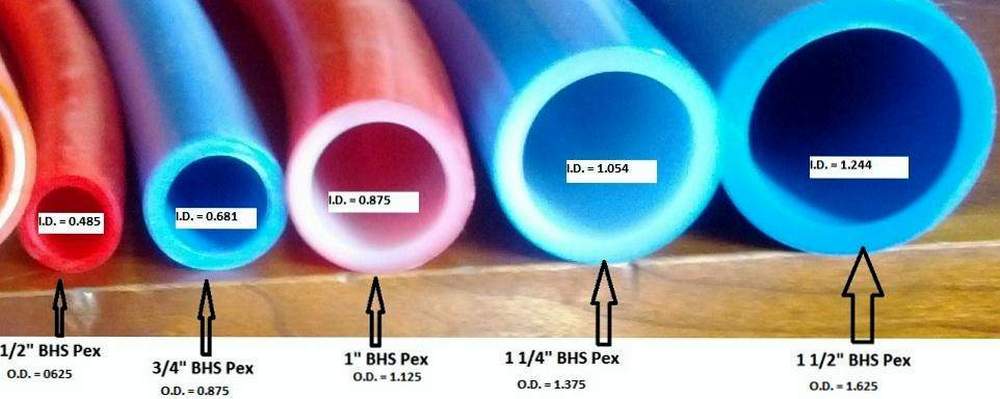
6. PEX Pipe
PEX pipes have become popular for those who want to install them in their homes. These pipes are made of flexible plastic material in four colors: blue, red, white, and grey. The blue pipes are usually meant for cold water, red is for hot water, and white and grey can be used for both.
There are also three types of PEX pipes: A PEX, B PEX, and C PEX. The A PEX pipes are the most flexible and adaptable for most homes’ needs. Also, this type of PEX pipe is more resistant to freezing and cracking during cold weather. However it is the most expensive PEX pipe, but it is cheaper than copper pipes.
B PEX pipes are slightly stiffer and have a strong coil memory, so they retain their coiled shape more easily, which makes them somewhat more difficult to install. In addition, these pipes expand like A PEX and are resistant to freezing temperatures.
Compared to the other two types of PEX, Type C piping is stiffest and more likely to kink and crack. So when short repairs are needed without bending, it’s usually used.
PEX pipes are popular for DIYers because installation cost is low, and easy to do. However, there are downsides to using these pipes for your home. For example, Type A and C may absorb BPA and other toxic chemicals. The only pipe that doesn’t have this problem is type B, so if you decide to use these pipes, it’s best to choose type B.
Choose One of These Methods To Build Your Home Quickly
Construction methods for houses have evolved significantly over the years, incorporating advanced techniques and materials to ensure durability, efficiency, and sustainability. As no one wants to wait forever for their home to be built, there are ways to speed up the process. By using the methods above, you will be able to spend less time building your new home, and you will be able to move into your new place faster.



